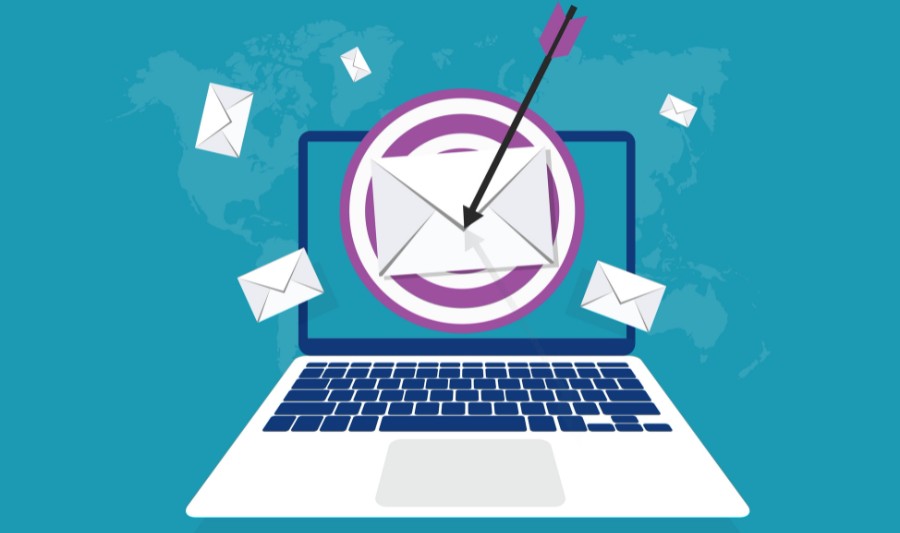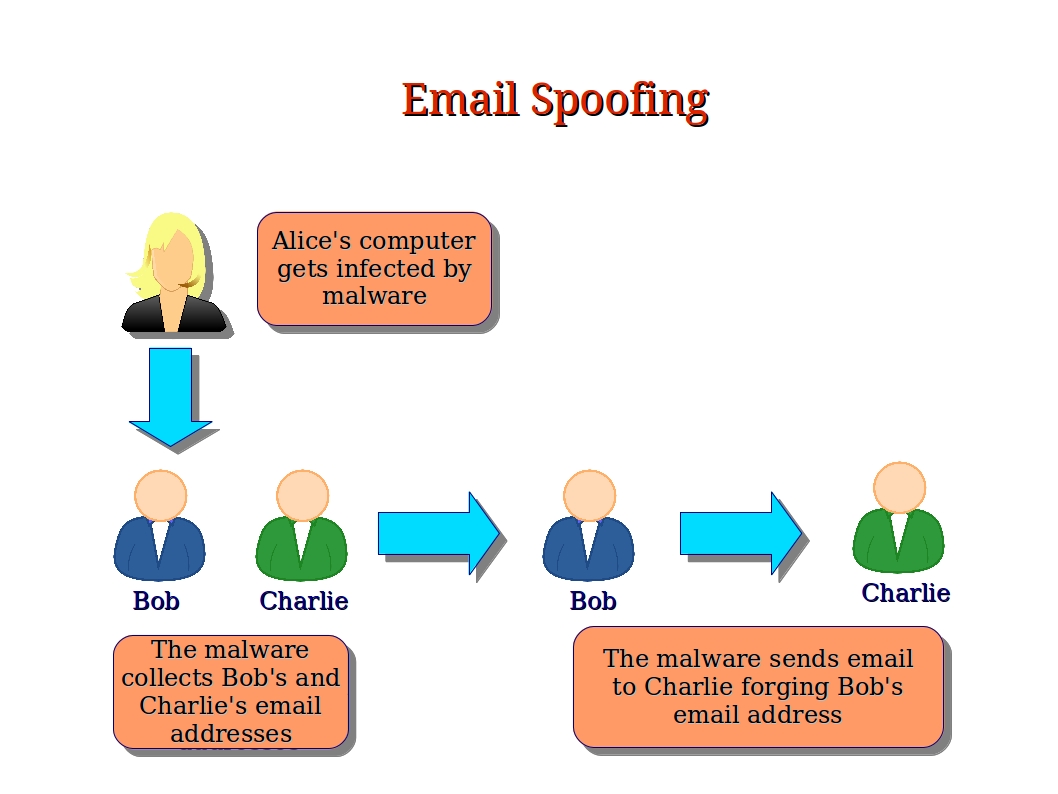
Free reverse email lookup tools exist. But the outcomes are limited. The method of obtaining the information is also questionable, so premium options may be preferable.
Choosing the best email search tool can be difficult with so many options available. So, here are some of the best reverse email lookup tools to consider:
- Instant Checkmate
- Intelius
- Truthfinder
- PublicSeek
- CocoFinder
- SpyDialer
- Infotracer
- BeenVerified
Instant Checkmate
Instant Checkmate reveals the identity behind an email address with a few mouse clicks.
This tool allows you to search for someone using their location, name, and phone number.
This tool’s reverse email lookup feature is simple. Create an account on the website and select a subscription. Then you can start doing reverse searches.
If you only need it once, take advantage of their $5 5-day trial. Instant Checkmate also offers a $35.12 monthly membership with unlimited reports. A three-month package costs only $28.09 per month.
Intelius
Intelius is another top-notch email lookup tool. This people search service has been around since 2003 and claims to have over 20 billion records from both public and private sources.
You can search Intelius’ extensive database by full name, address, or reverse phone lookup. Although Intelius is not specifically designed for reverse email searches, entering the name, address, and phone number will yield more comprehensive results.
In terms of price, this tool’s reverse email search feature is comparable to Instant Checkmate. A 5-day trial is $1.99, and a monthly membership is $29.63.
Truthfinder
TruthFinder is a great reverse email lookup tool. This legitimate background check service allows you to check someone’s email address.
The app’s mobile-friendliness and sleek design have made it a hit. It has time-saving filters and refinement options. Their data is also accurate and presented in an easy-to-understand format.
Email search on Truthfinder may yield the following results:
- Information
- Work and education
- Possibility of a
- Social media record
- a priori
- Felonies
- sex offender data
- Assets
Truthfinder’s monthly subscription is only $29 per month. Paying the first two months in advance saves you 20%. Unlike other email search services, Truthfinder does not offer a free trial.
PublicSeek
PublicSeek is a service that allows you to look up public records about someone. It’s easy to use, and it has a mobile app for those who like to search on the go.
You can use PublicSeek to find information by:
- Name
- Email
- Residence
- Phone
After entering these details in the search bar, PublicSeek will analyze and report on all data related to your search. Their mobile app also notifies you of new information or updates about previous searches.
PublicSeek can provide you with information such as:
- Personal bankruptcy information
- Felonies
- Online profiles
CocoFinder
CocoFinder is one of the best reverse email lookup tools. But the main reason is that it’s free. Despite being free, it provides detailed reports and valuable risk management data.
CocoFinder also has over a million global users. Meanwhile, reputable publications like PCWorld, Forbes, and TechRadar have given it high marks.
The CocoFinder can quickly reveal the email users’ identities. The search results will show you:
- Names
- Other phone numbers
- Online profiles
- Relatives
- Education
- Work history
Because it is free, there is a limit to how many email searches you can do, so it is not the best option for multiple background checks.
SpyDialer
Another useful reverse email search tool. SpyDialer’s database includes user-contributed address books and social media profiles.
SpyDialer can deliver complete results in seconds. Because it is a publicly accessible tool, people can remove their personal information from the database.
Also, since it’s a free service, there’s a daily limit on how many searches you can do. After 24 hours, the limit will reset and you can resume email searches.
Infotracer
Infotracer is a reliable reverse email search tool if you need a comprehensive personal background check. It can reveal a person’s public records, criminal records, traffic violations, and more.
Their facial recognition search feature sets them apart from other services on this list, allowing you to look up someone even if you don’t know anything about them.
Infotracer can also search for:
- Reverse lookup
- Reverse lookup
A 7-day trial is $3.95, and a single report is $19.95. For the same price, a 1-month subscription is better for a one-time report.
BeenVerified
Been Verified is an easy-to-use email lookup service. The same company that owns Instant Checkmate also owns this tool. It uses public records to gather data and can be used to check up on friends or business partners.
You can search for someone on BeenVerified using information other than their email address.
- Name
- Address
- Vehicle info
- Numbers





/001_1171934-5b901d6946e0fb00508f2020.jpg)



